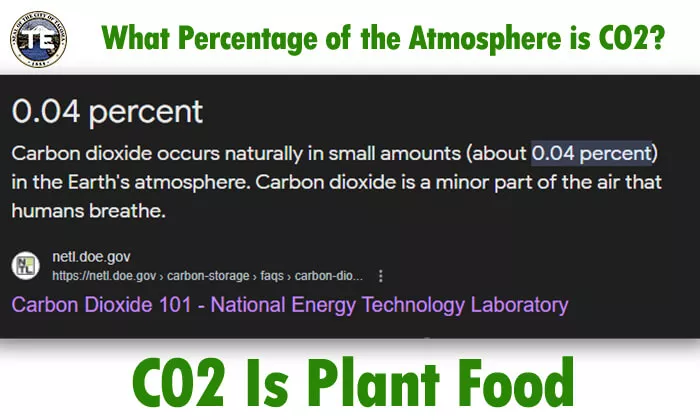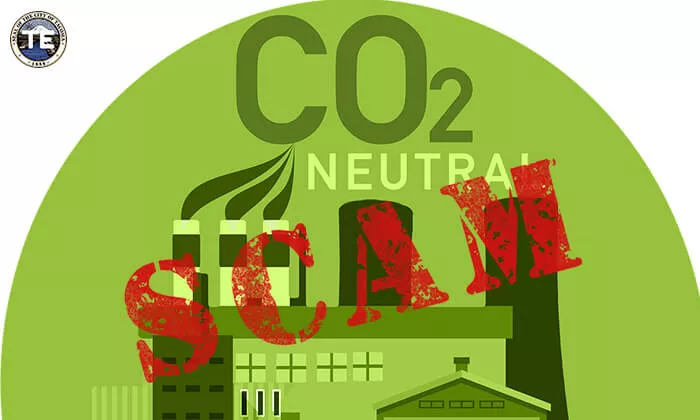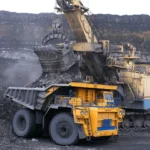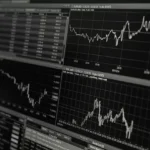Recently, Climeworks inaugurated “Mammoth,” the world's largest carbon capture facility in Iceland, designed to remove 36,000 metric tons of CO2 annually—equivalent to taking 8,600 cars off the road.

This initiative highlights the growing attention and investment in carbon capture technologies. Despite the grandeur of such projects, these facilities' efficacy and environmental impact remain highly controversial. Critics argue that these massive investments are more about public relations and less about tangible impacts on global carbon levels.
Critics point out that the scale needed for carbon capture to dent global emissions significantly is astronomically high and currently unfeasible. For instance, to capture just 1% of the world's annual CO2 emissions, thousands of facilities like Mammoth would be necessary, each requiring substantial energy, land, and financial resources. The deployment of carbon capture on a meaningful scale seems more like a futuristic vision rather than an actionable solution in the near term.
The High Costs and Low Efficiency of Carbon Capture
The International Energy Agency (IEA) highlights that direct air capture (DAC), unlike traditional carbon capture methods, can be implemented anywhere but is notably more expensive due to the dilute nature of CO2 in the atmosphere.
The energy and financial costs associated with DAC are substantially higher than other carbon capture applications, making it an inefficient approach at the current technological stage. Critics argue that the financial burden of DAC could divert funds from more effective and immediate climate actions, such as renewable energy projects and energy efficiency improvements.

Moreover, the technology required to operate DAC facilities is energy-intensive, often relying on the same types of non-renewable energy sources that contribute to atmospheric CO2, paradoxically negating some of the benefits.
"Game over. We are dealing with a fraud".
Geologist, Prof. Ian Plimer, thoroughly dispels the "man-made global warming" fairy tale, in just two minutes.
"No one has ever shown that human emissions of CO2 drive global warming… And if it could be shown, then you would have to… pic.twitter.com/AzIra3Xufb
— Wide Awake Media (@wideawake_media) May 13, 2024
For instance, if a DAC facility is powered by coal or natural gas, it could be releasing more CO2 through its energy consumption than it manages to capture. This cycle reduces the overall net benefit of the carbon captured, making the technology not just costly but also potentially counterproductive.
Carbon Dioxide and Climate Change: A Questioned Link
The relationship between carbon dioxide and climate change is the foundation upon which carbon capture technology justifies its relevance and necessity. However, this link is increasingly scrutinized. Publications like The Washington Times have highlighted studies and expert opinions arguing that CO2 does not significantly contribute to global warming. These perspectives are supported by data showing periods during which CO2 levels rose while global temperatures did not, suggesting a disconnect between CO2 emissions and direct climate impacts.
In addition, the narrative that CO2 is the main driver of climate change is challenged by geological and historical data indicating that Earth’s climate has undergone significant changes well before human-induced CO2 emissions were a factor. This historical perspective suggests that current policies focusing solely on CO2 reduction may be overlooking more critical drivers of climate variability. The sun itself is one of them. The emphasis on CO2 is misguided, and fraudulent and leads to costly investments in technologies like carbon capture that may not address the root causes of climate change.
CCP’s Contradictory Coal Policies
The CCP's rapid expansion of coal power capacity starkly contradicts its public stance on climate change and renewable energy leadership. Reports indicate that despite global reductions in coal use, the Chinese Communist Party (CCP) is constructing new coal-fired power plants at a rate that far exceeds the rest of the world combined. This expansion not only undermines global efforts to decrease carbon emissions but also highlights the double standards in China's energy policy, which could be perceived as a strategic maneuver to dominate energy markets while projecting a green image internationally.
The financial and political implications of China's actions are profound, as they fund green initiatives in Western countries while expanding their coal-based energy production. This strategy may serve to weaken international competitors by pushing them to adopt more restrictive energy policies, thereby reducing their industrial competitiveness while China continues to benefit from the reliable and cheap energy provided by coal. This dual approach suggests a complex geopolitical strategy wrapped in the guise of environmental concern, which may deceive international partners and global environmental efforts.

Carbon Capture as a Misguided Solution
The fervor around carbon capture technology serves as a potential distraction from more effective environmental strategies. The minute concentration of CO2 in the atmosphere—only about 0.04%—combined with the uncertain impact of CO2 on global warming, raises significant doubts about the logic behind massive investments in carbon capture technologies.
Instead of focusing on reducing emissions at their source, carbon capture technology attempts to mitigate the symptoms of the problem rather than addressing underlying causes, such as reliance on fossil fuels and inefficient energy use.
Moreover, the promotion of carbon capture as a viable large-scale solution may provide a false sense of progress and detract from necessary actions such as enhancing energy efficiency, conserving natural habitats, and developing renewable energy sources.
These actions are immediately beneficial and directly address the issues of energy consumption and environmental degradation without the uncertainties and high costs associated with carbon capture technology. The potential for carbon capture to act as a ‘moral hazard,' delaying substantive climate action, is a critical concern that needs addressing as part of the broader climate policy discussion.
End Climate Deception
Activists with political agendas are spreading deceptive claims about climate change, jeopardizing America’s energy self-sufficiency. As a result, the U.S. is increasingly dependent on energy imports from nations such as Russia, China, and Iran. This misinformation is causing widespread anxiety among children about their future and affecting global populations that depend on accessible and dependable energy. Commit to halting climate deception and arm yourself with the truth by downloading a complimentary PDF e-book containing transcripts from our “Climate Change and Energy” video series.

Carl Riedel is an experienced writer and Open Source Intelligence (OSINT) specialist, known for insightful articles that illuminate underreported issues. Passionate about free speech, he expertly transforms public data into compelling narratives, influencing public discourse.













